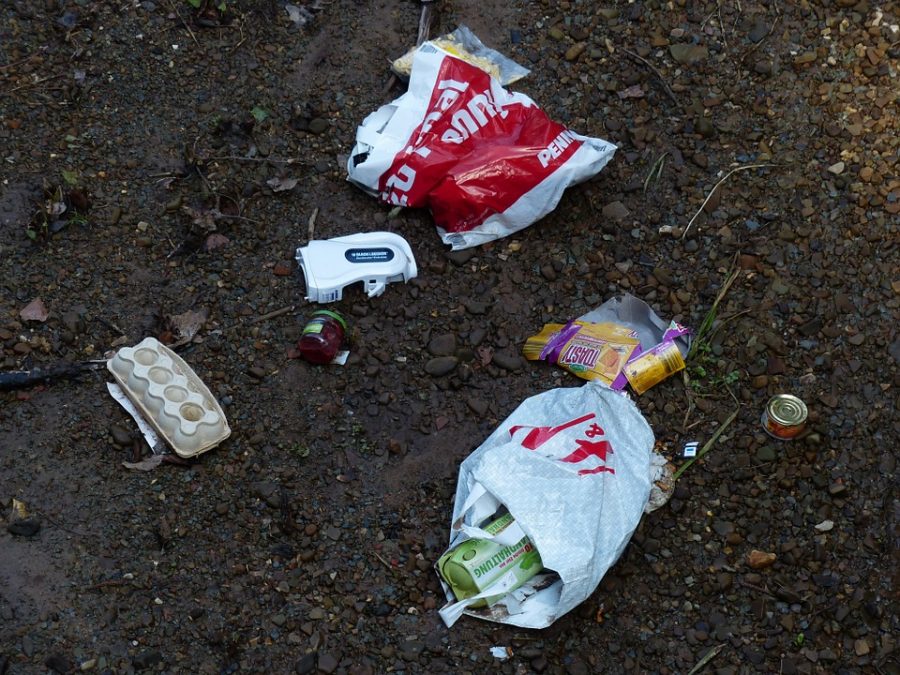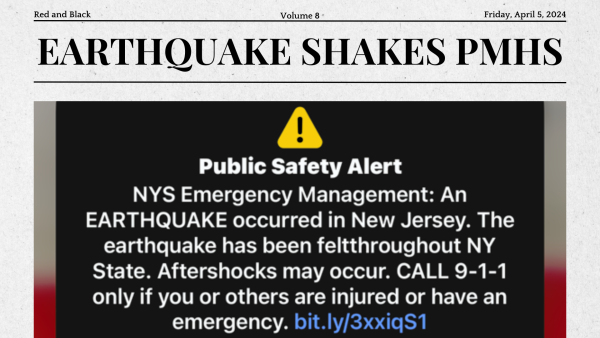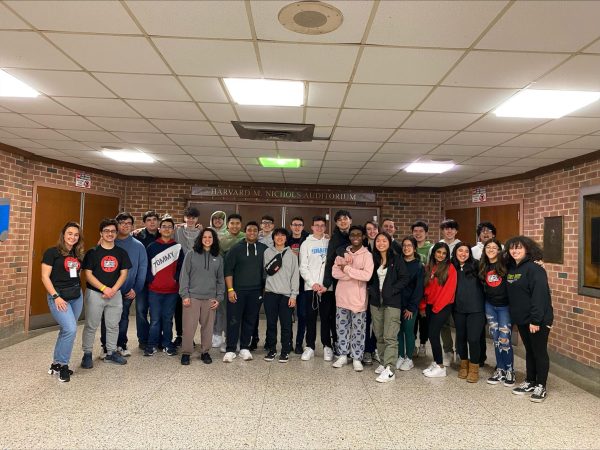The Charge on Grocery Bags and Why It’s Deeper Than 5 Cents
The Charge on Grocery Bags and Why It’s Deeper Than 5 Cents
Enacted January 1st, 2018 Suffolk County law requires stores to charge customers a minimum fee of 5 cents on grocery bags at all retail stores. What does this mean for the average shopper? What will this do? Should it exist? Should it be more? These are all questions that are posed by the public about the law.
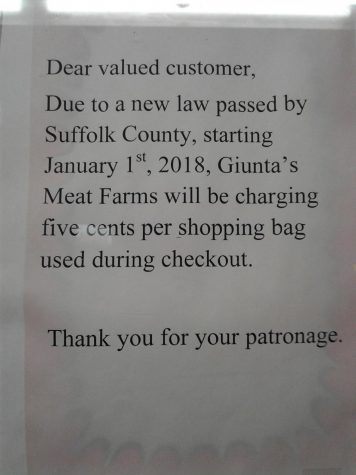
The first thing that should be known is as to why the law was established in the first place. The purpose is to reduce the consumption of grocery bags and to “encourage consumers to use their own reusable bags”. It’s something that should be pushed considering the plastic bags left carelessly behind by people are non biodegradable and will live on this earth longer than the person who discarded it.
In the eyes of an average shopper all this law looks like is an added expense to what could already be an expensive shopping trip for food. Some may even go as far to say that “stores just want more money” and some believe that it’s just a “petty attempt at the government trying to leech more money”. However, the law forces the retailer to keep the money so it’s not within their control.
We think that for many the frustration comes from a lack of education and that’s in the realm of the environment and the importance of preserving our ecosystems. A European commission study on the impact of littered plastic on sea wildlife found 90 percent of the birds examined contained plastic in their stomachs. This is bigger than 5 cents, the true cost of plastic bags are the animal’s lives taken by the mass production of these bags.
In New York City alone, the Sanitation Department approximates their collection of plastic bags to be 10 billion bags a year. To reiterate, 10 billion bags a year, bags that are responsible for the suffocation of woodland animals as well as the degradation of soil nutrients, bags that are responsible for contaminating oceans, and waterways which end up coming right back up to our county’s coastlines.
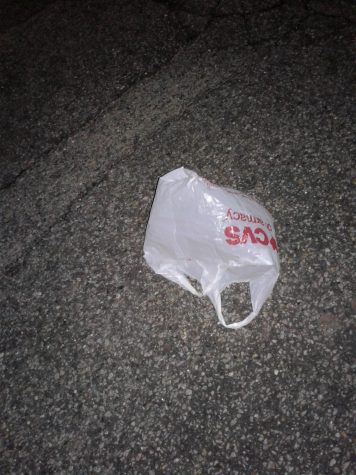
The non-profit Worldwatch institute reports that at least 267 species of marine wildlife are known to have suffered a variety of damages as a result of these bags, ranging from entanglement to ingestion. Thousands of sea creatures are killed every year from these bags being frivolously thrown away. This can be supported by an estimated 300 million plastic bags ending up in the Atlantic Ocean alone.
Many can evade guilt by preaching that they recycle and while it’s well appreciated it’s simply not enough. We’ve dug a hole too deep that cannot be restored by adding a couple of patches of dirt here and there. Not to mention less than 1% of all bags world wide end up in a recycling project so the impact is virtually non-existent.
Another thing overlooked by people involving plastic bags is the fossil fuel used in producing them. While plastic bags may be made from petroleum it typically requires a lot of fossil-fuel derived energy as well. This means not only are we discarding materials that can kill many forms of wildlife we are also throwing away millions of barrels worth of oil which is a non-renewable resource.
We can’t even rely on paper bags anymore, although a safer alternative, it does not solve the environmental issue considering the use of trees increase production of paper which takes its own negative toll on the environment. Not to mention unlike its hideous counterpart, paper bags are rarely reused like plastic bags who on average are reused at least once.
However, all hope is not lost considering Suffolk County is taking a step in the right direction with the “bring your own bag law”. States have also made an effort to change such as California who banned plastic bags completely and have seen a reduction of 89 percent in storm drains, 60 percent in creeks and rivers, and 59 percent in city streets and neighborhoods. This concept works.
We could also look towards Ireland who levied a tax on plastic bags in 2002 and has shown a 95 percent reduction in plastic bag litter since then. America is slow to the race in saving our environment as hundreds of countries are stepping up to correct our own undoing. We are at fault and this 5 cent fee on grocery bags exists to irritate people, to push them towards the alternative, reusable bags.
As a community we need to look past this 5 cent fee considering the county allows businesses to charge more if they’d like, so count your blessings. While reusable bags obviously cost more than its destructive competition, reusable bags are stronger and more durable than plastic bags and can withstand multiple trips. With that being said this fee exists to reduce a problem, a problem which you can help solve by making the switch.

Gr. 12
"Live as if you were to die tomorrow. Learn as if you were to live forever." ~Mahatma Gandhi

